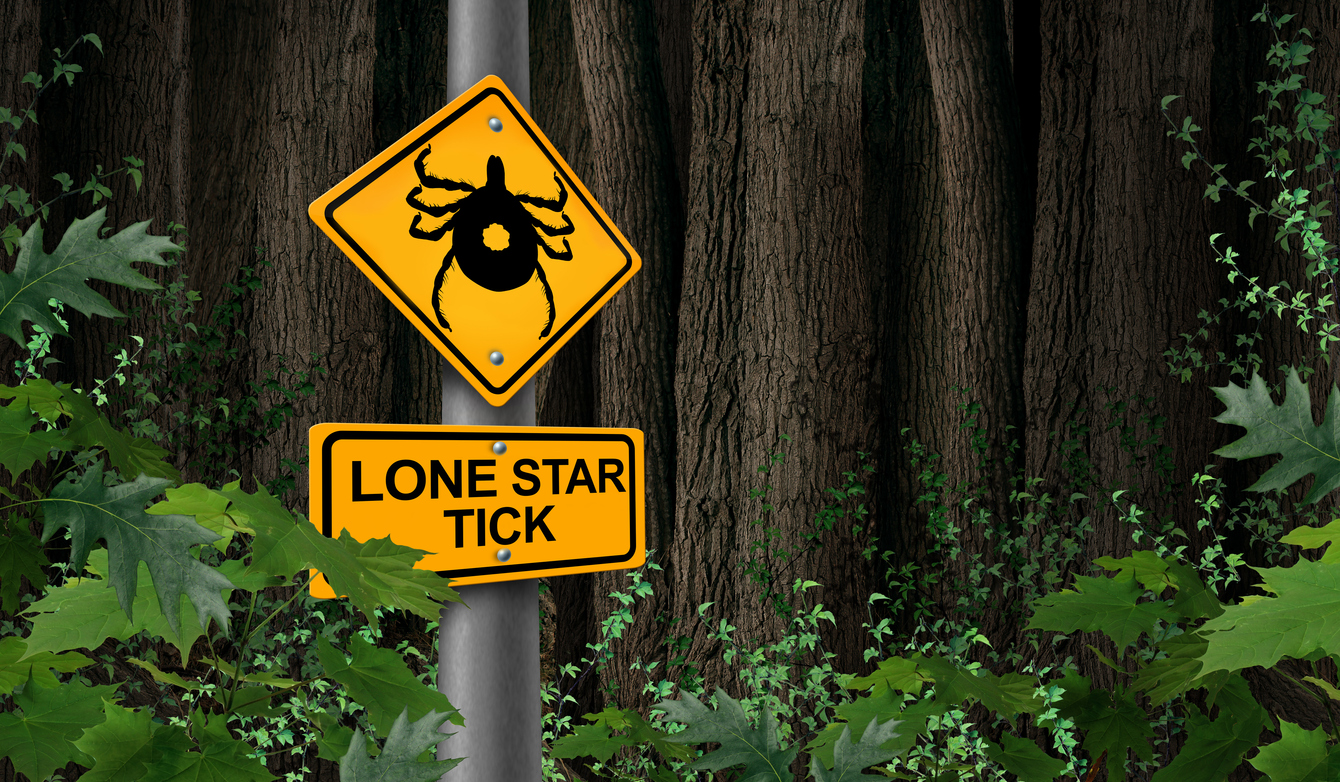Cranston Aims to Increase Its Tree Canopy
April 8, 2023
CRANSTON, R.I. — Slowly but surely, Rhode Island’s second-largest city is losing its stock of public trees.
Every year, the city’s Department of Public Works removes, on average, 100 city-managed trees from streets and other public locations, typically due to serious disease, after a tree has been significantly damaged during a storm(s), or has otherwise been deemed to be a nuisance.
But the city only plants 25 new trees a year to replace the ones that get removed, leading to a 75-tree deficit that’s eating into the public urban canopy.
“The city’s removing trees,” said John Donegan, a City Council member representing the third ward. “We need to do more to plant trees, or at minimum, replace the trees we’re taking down, so let’s do that.”
A new ordinance introduced by Donegan and passed unanimously by the City Council late last month would require the city to plant a replacement, native-species tree as close as reasonably possible to any tree removed by the public works department.
Planting replacement trees is expected to cost the city $30,000 annually — about $400 a tree — according to a fiscal note prepared by the city’s finance department. Donegan said the city already spends $10,000 on its tree planting program, and the cost of the new planting would still amount to less than one hundredth of a percent of the city’s $330 million budget.
Local lawmakers are also seeking to expand notice and transparency over which trees get removed. Under an ordinance introduced by City Council Vice President Lammis Vargas, who represents the first ward, notices posted on trees slated for removal would need to include the date of notice, the time and location of a public hearing, and contact information for the city’s tree warden. The tree warden would also provide the City Council with a list of public trees to be removed.
During a March 16 meeting of the city’s Ordinance Committee, Vargas said she had received complaints from constituents about the lack of a date on notices for tree removal.
“As a city we should be able to have communications with the property owner,” Vargas said. “The engineer just said we need approval from the property owner to plant new public trees, but why wouldn’t there be something similar to remove a public tree near their house?”
Urban trees in Rhode Island’s metropolitan area have seen a dramatic shift in their fates over the past generation. While once a great boon to property values, ecoRI reported last month residents from across the state have noticed trees on residential properties getting cut down more often than before.
Data on public trees and urban canopies outside Providence is scarce. Cranston hasn’t performed a tree inventory, but a 2010 community canopy survey estimated the city hosts 90,639 trees, covering nearly 8% of the total land.
Trees, especially in developed area like Cranston, provide innumerable benefits to residents and wildlife alike. Trees provide shade and mitigate the urban heat-island effect — when urban and developed areas experience hotter temperatures than outlying areas thanks to built materials such as asphalt and concrete being unable to reflect heat — and provide refuge for city wildlife. They also act as carbon sinks and absorb noxious fumes from cars and other emissions, helping to clean the air.
But these benefits are not always evenly distributed. Whether or not your neighborhood has plenty of trees often falls along existing socioeconomic lines. The Tree Equity Score Map, a trove of urban tree data throughout Rhode Island put together by the Washington, D.C.-based nonprofit American Forests, scores each census tract based on how many trees they have and what benefits locals are receiving from them.
The score includes data on canopy coverage, the demographic makeup of the tract (children, seniors, people of color), what the average surface temperature is, the health risks, and poverty level.
Cranston’s tree equity score map shows a tale of two cities: the western portions of the city, often home to wealthier residents, have high marks, if not perfect scores. The scores start dropping the further east you go into Cranston, especially along its border with Providence.
At the March 16 committee hearing, resident Tom Wojick spoke in favor of Vargas’ tree notification ordinance. Everyone knows the value of trees, he said. They provide air conditioning, shelter for wildlife, erosion control, and air pollution reduction over decades.
“Trees increase the value of real estate, they’re a tax base generator, they have education benefits, they have health-care benefits,” Wojick said. “They’re our friends. None of us would be here today if it wasn’t for the trees.”
Donegan’s bill, if signed by the mayor, would go into effect July 1. Vargas’ bill is expected to be voted out of committee later this month.




Cranston ought to double its tree canopy. 8 percent is pathetic.
All cities and towns should have a tree warden charged with taking an inventory of the trees in their community and their condition and issue recommendations for planting if more proper trees.
Bravo to the City of Cranston and to it’s caring / concerned citizens. You are setting an important example for other (and hopefully all) communities in RI to follow.